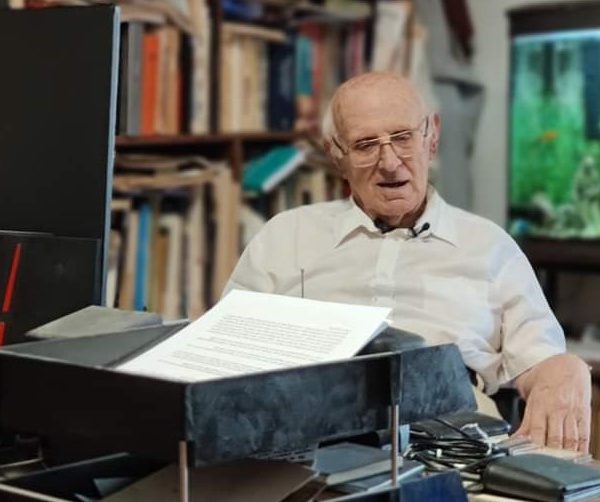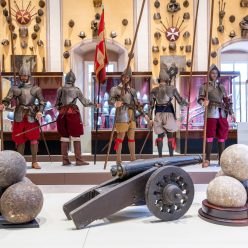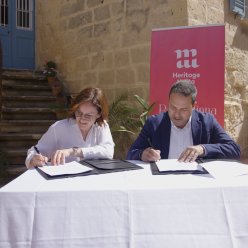by Warren Bugeja and Rachel Grillo
Staircases occupy in-between spaces of transition. Their intrinsic function is movement and transportation, providing access from the public to the private, from the ordinary to the elevated. Offices of state, piano nobiles, reception halls and tribunals may lie upstairs but so do bedrooms, washrooms and attics.
The garigor – a hidden spiral staircase – was used by scullery maids, footmen, and tradesmen, but like many artefacts within the Inquisitor’s Palace, the imposing and very visible staircase was a showcase for the grandeur and status of the Inquisitor and the power of the institution he represented.
During the early days of the Order of St John, staircases in public buildings were placed out of sight. But this quickly changed during the 18th Century. The staircase at the Inquisitor’s Palace and National Museum of Ethnography in Birgu was built between 1733 and 1734 and was commissioned by Inquisitor Giovanni Francesco Stoppani. While works were undergoing in one of the main halls, a wall collapsed, the catalyst for Stoppani’s decision to construct a majestic new entrance, with the main staircase as the centrepiece of the whole Palace. The architect chosen was the famous early modern baroque architect Romano Carapecchia.

Research Coordinator Rachel Grillo ascends the staircase each day on her way to her office. “I am one of the lucky few that call the Inquisitor’s Palace my place of work,” she enthuses.
“One must always keep in mind the political context of the time, namely the fact that Inquisitors were frequently at loggerheads with the Bishop and the Grandmaster,” Grillo is careful to point out. Therefore, it was vital for the Inquisitor to keep up to date with European trends and to project a princely and lofty image of eminence, which was de-rigueur at the time. Today Rolex watches, luxury yachts, sports cars and designer villas fulfil the same function.
The statement staircase was Rachel Grillo’s feature of choice in the National Collection when asked to name a favourite artefact for Heritage Malta’s HMTV series ‘Treasure To Meet You.’ Every artefact tells a story that mirrors the universality of human endeavour, aspiration, and ambition. The centuries may roll by, but human nature and desire remain the same.

Similar grand staircases to the one at the Inquisitor’s Palace can also be found at the Auberge de Castille and the National Library, both located in the capital city of Valletta.
Rachel ends our brief tour with a beaming smile. “While the Palace as a whole is truly a historic gem, there is no doubt that the staircase is my favourite part of the Palace.”
Watch the feature here in English or Maltese
Find out more about the Inquisitor’s Palace and National Museum of Ethnography on https://heritagemalta.mt/explore/the-inquisitors-palace/
‘Treasure to Meet You’ is uploaded to Heritage Malta’s Facebook page every Tuesday at 19:00. The intimate series consists of short features in both English and Maltese versions. Each week, viewers get to meet one of our dedicated curators, who were asked to select an artefact or feature from the National Collection to which they are particularly attached.
Treasure to Meet You Episode 4
Latest News






